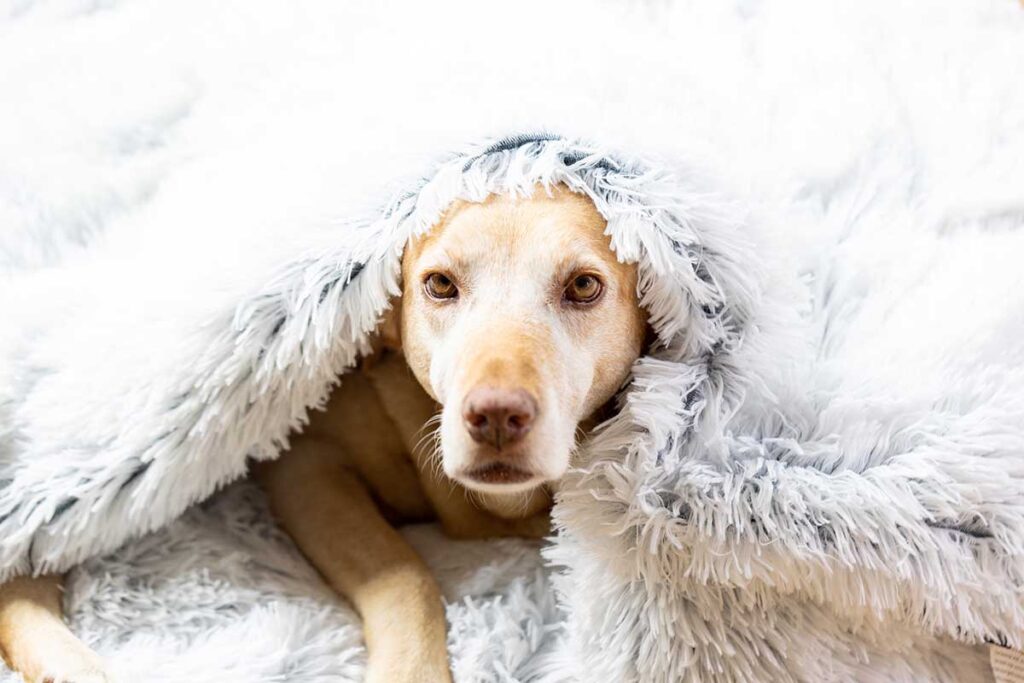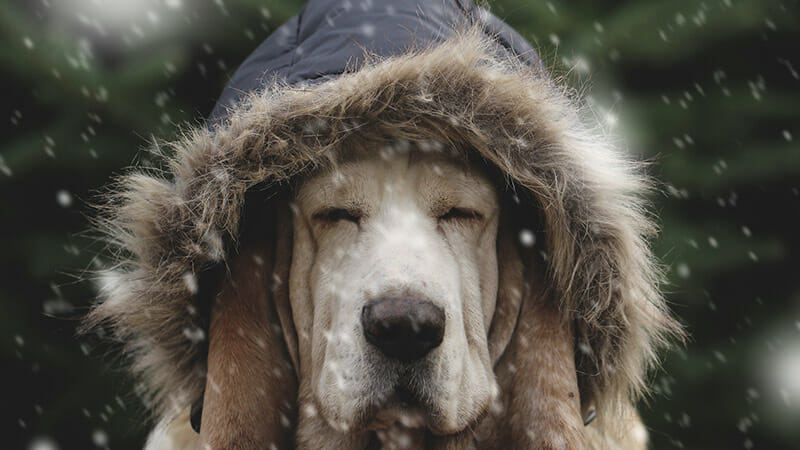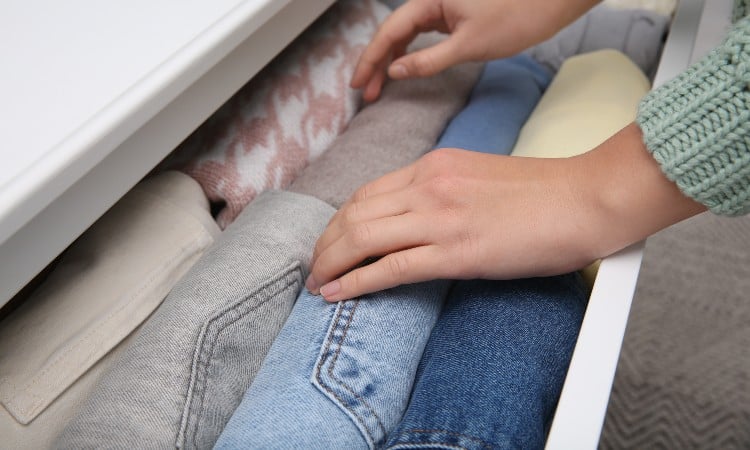Does your dog enjoy playing in the snow or does it shiver even if you take it outside for a short while? Many dogs experience the wintertime cold just as much as their humans do, particularly if they are not acclimated to it. Some dogs, nevertheless, have evolved to withstand the cold far better than any human has ever been able to. It’s crucial to consider your dog’s breed and health while planning for the winter months in order to keep them warm, but it’s also important to bear in mind that it will be worthwhile to invest the time necessary to ensure your pet stays toasty throughout the cold.

Give your dog proper grooming. Since a dog’s full weight coat provides warmth throughout the winter, avoid cutting, shaving, or clipping your dog’s hair. Throughout the winter, it’s crucial to keep up a regular grooming routine, combing out knots and giving the coat a thorough brushing, as matted hair is less effective at keeping out the snow and chilly rain and doesn’t provide the dog with as much insulation. If your dog has dander issues, regular brushing might help. Dry winters can make dander problems worse.

Give your dog a bath indoors. Make sure your dog is completely dry before letting him outside. During cold weather, reduce the amount of bathing or avoid bathing altogether. Keep in mind that it will take longer for your dog to dry in cold weather. This will help avoid serious cold problems.If important, keep warm water baths short and dry your dog as soon as possible. Do not immerse your dog in cold water. Your dog will be cold, and the cold temperatures will give your dog little chance to warm up.

Make sure the fur around the paw pads is well trimmed. This prevents ice and snow from forming between the balls of your toes [1]. After a walk outdoors, check the paw pads for cracks, cuts, or foreign objects. If possible, take care of your dog’s paws by applying Vaseline or her E45 to keep them in good condition. However, be careful of sticky footprints around your home.
If your dog is not wearing dog boots, be sure to remove salt and snow removal products from your dog after every walk. Chemicals can be toxic and salts can be irritating.



